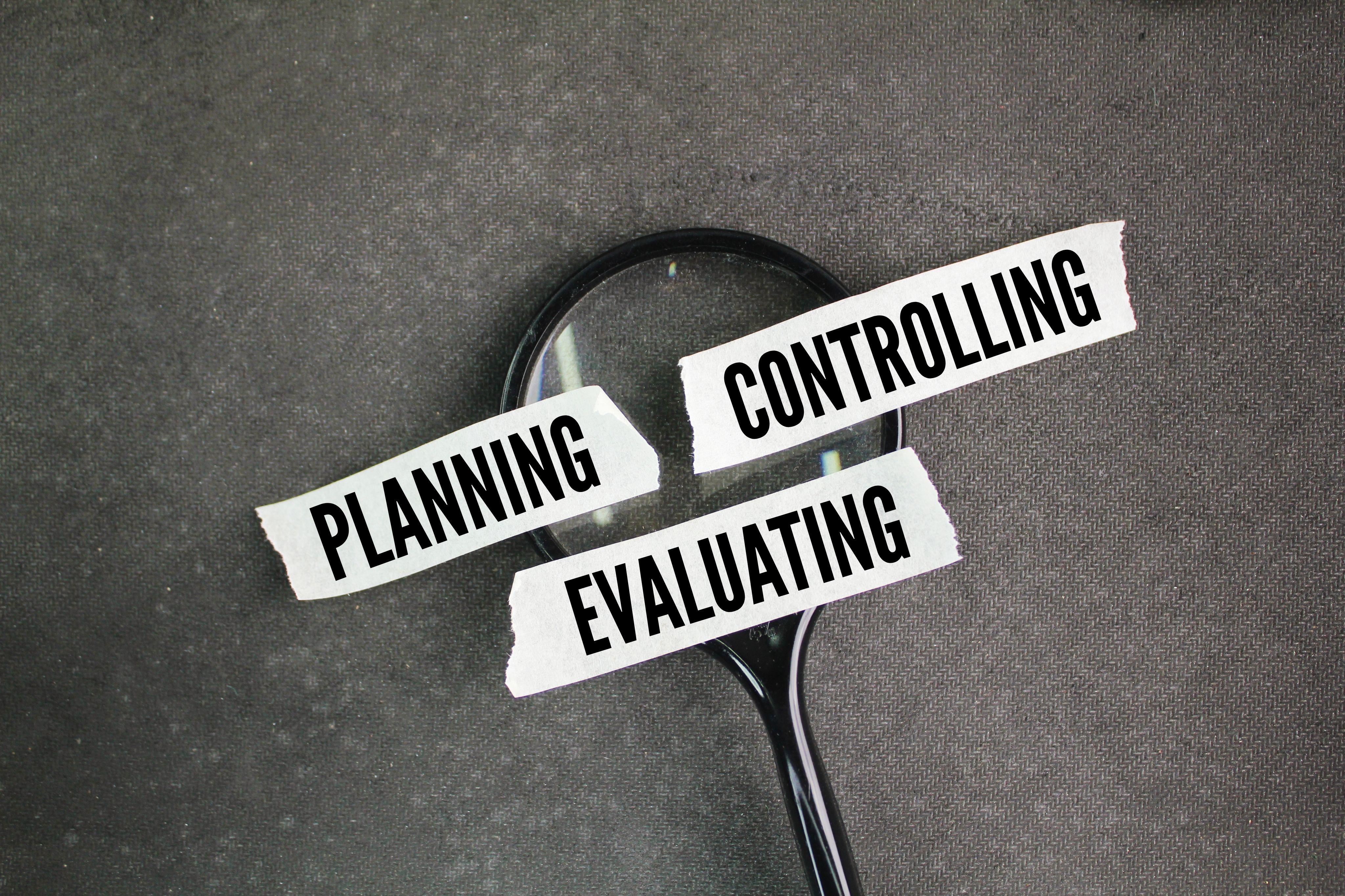Navigating Medicare: Tips for First-Time Beneficiaries
Understanding the Basics of Medicare
For first-time beneficiaries, navigating the world of Medicare can be daunting. Understanding the basics is crucial to making informed decisions about your healthcare. Medicare is a federal health insurance program primarily for people aged 65 and older, but it also covers certain younger individuals with disabilities. It's divided into four parts: A, B, C, and D, each covering different services.
Medicare Part A covers hospital stays, skilled nursing facilities, and some home health care. Part B covers outpatient care, doctor visits, and preventive services. Part C, also known as Medicare Advantage, is an all-in-one alternative to Original Medicare and often includes additional benefits like vision and dental. Part D provides prescription drug coverage.

Enrollment Periods and Deadlines
One of the most critical aspects of Medicare is understanding the enrollment periods. Missing these deadlines can result in penalties or delayed coverage. The Initial Enrollment Period (IEP) is a seven-month span that starts three months before the month you turn 65 and ends three months after. During this time, you can sign up for Part A and/or Part B.
After the IEP, there’s the General Enrollment Period (GEP), which runs from January 1 to March 31 each year. If you didn't sign up during your IEP, you could enroll during the GEP, but this may result in a late enrollment penalty. Special Enrollment Periods (SEPs) are available for those who qualify due to specific circumstances, such as losing employer coverage.

Choosing Between Original Medicare and Medicare Advantage
Deciding between Original Medicare and a Medicare Advantage Plan is crucial. Original Medicare offers flexibility in choosing healthcare providers but typically requires separate plans for prescription drugs (Part D) and supplemental coverage (Medigap). On the other hand, Medicare Advantage Plans often include Part D and additional benefits like vision and dental, but they may limit your choice of doctors.
When assessing your options, consider factors like your healthcare needs, budget, and preferred healthcare providers. Each option has its pros and cons, so it's essential to weigh them carefully before making a decision.

Maximizing Your Benefits
Once enrolled in Medicare, maximizing your benefits involves understanding what’s covered and utilizing available resources. Preventive services like screenings and annual wellness visits are often covered at no extra cost. Be proactive about scheduling these appointments to maintain your health.
Additionally, review your coverage annually during the Open Enrollment Period from October 15 to December 7. This is an opportunity to switch plans or make changes that better suit your needs if your current plan isn’t meeting your expectations.
Seeking Assistance and Resources
If you're feeling overwhelmed by the complexity of Medicare, know that help is available. The State Health Insurance Assistance Program (SHIP) offers free counseling to beneficiaries and their families. These programs provide personalized assistance to help you understand your options and guide you through the enrollment process.
Additionally, numerous online resources can offer guidance, including the official Medicare website and various nonprofit organizations dedicated to senior health care. Taking advantage of these resources can ensure you make informed decisions about your healthcare coverage.
